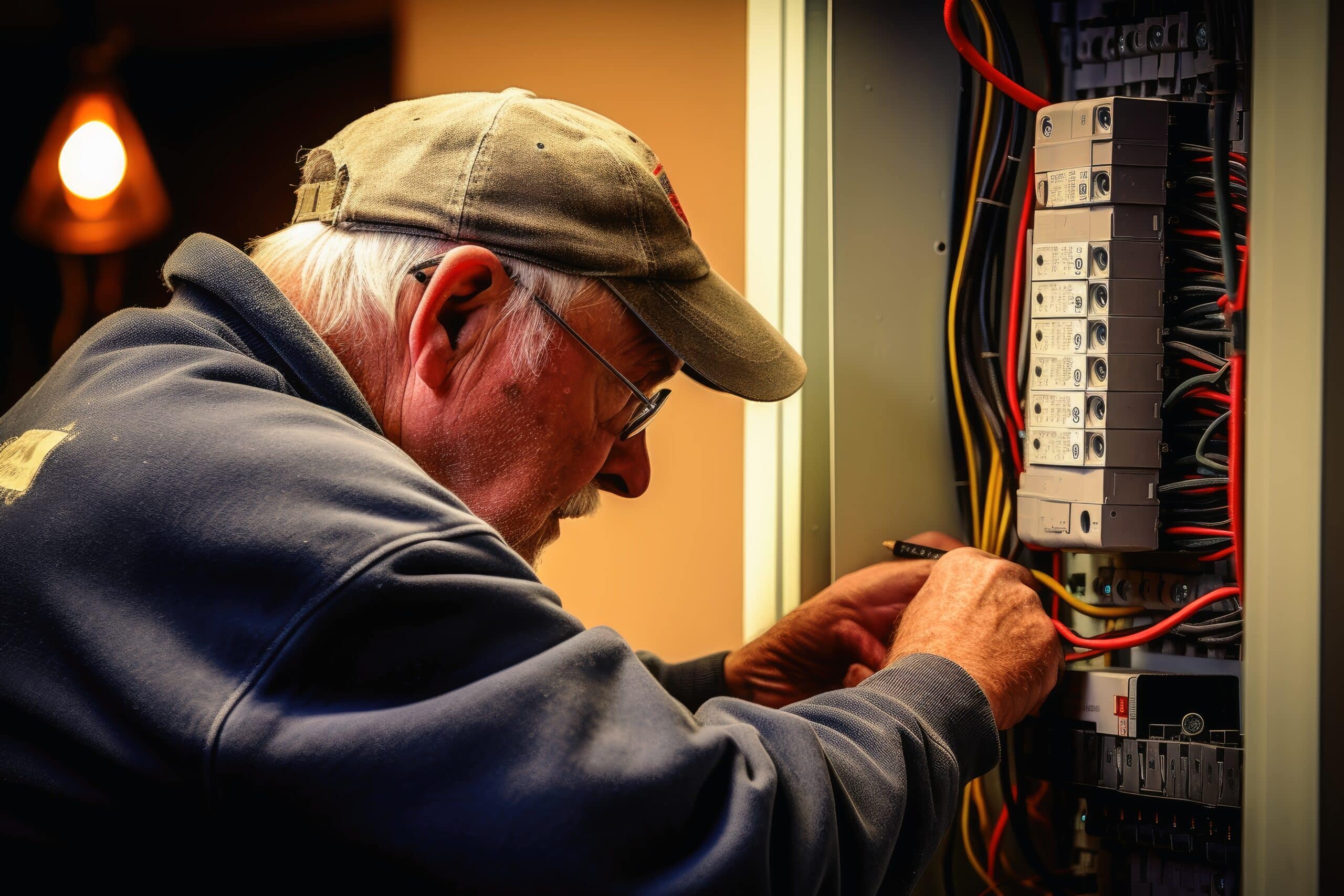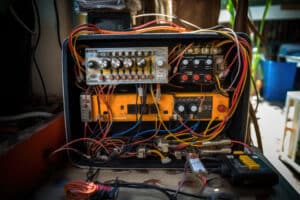How to Connect a Generator to Your Home Safely?
Key Takeaways
- A transfer switch is recommended for safely connecting a generator to your home as it ensures proper distribution of power and prevents backfeeding.
- Using heavy-duty extension cords can be a temporary solution for connecting a generator to your home, but it is important to install a transfer switch for long-term use.
- Hiring a qualified electrician for professional installation of a generator connection system is strongly recommended to ensure compliance with electrical codes and ensure safety and reliability.
Connecting a generator to your home safely is essential to ensure uninterrupted power supply during emergencies or power outages. However, it is crucial to follow proper guidelines and use the right equipment to prevent electrical hazards and potential damage to your home’s electrical system. In this article, we will discuss the safest methods to connect a generator to your home, including the use of transfer switches, heavy-duty extension cords, and professional installation.
Using a Transfer Switch
To connect a generator to your home safely, it is highly recommended to use a transfer switch. A transfer switch is an electrical control device that is installed alongside your home’s circuit breaker box. It allows you to switch your home’s electrical grid off of the utility grid and onto your generator. This ensures that the generator’s power is properly distributed throughout your home and prevents backfeeding, which can be dangerous and damage your home’s electrical wiring.
Using a transfer switch also enables power management by allowing you to load different rooms, outlets, or appliances on different sub-breakers. This can be especially useful during power outages when you want to prioritize essential appliances or areas of your home.
However, it is important to note that the installation of a transfer switch should be done by an experienced electrician. They will ensure that the switch is installed correctly and in compliance with local electrical codes.
Using Heavy-Duty Extension Cords
Another option for connecting a generator to your home safely is to use heavy-duty extension cords. This method is typically recommended for portable generators. However, it is important to note that this approach should be used temporarily and not as a long-term solution.
When using extension cords, it is crucial to use heavy-duty cords that are designed to handle the electrical load of your appliances. This will help prevent overheating and potential fire hazards. Additionally, ensure that the cords are in good condition, without any frayed wires or damage.
It is important to remember that connecting a generator directly into the home power supply without the use of a transfer switch can increase voltage, cause power surges, and potentially harm utility workers. Therefore, using heavy-duty extension cords should only be considered as a temporary solution until a transfer switch or other proper equipment can be installed.
Professional Installation
Regardless of the method you choose, it is strongly recommended to hire a qualified electrician for the installation of a generator connection system. A licensed electrician will have the expertise to ensure the proper installation of transfer switches or other necessary equipment.
Professional installation not only guarantees compliance with electrical codes but also ensures the safety and reliability of your generator connection. Electricians will also be able to provide guidance on the appropriate generator size for your home’s power needs.
Additional Safety Tips
When connecting a generator to your home, it is important to follow additional safety tips to prevent accidents and ensure safe operation:
- Always follow the manufacturer’s instructions and safety guidelines for your specific generator model.
- Keep the generator outside, away from doors, windows, and vents, to prevent exhaust fumes from entering the house.
- Do not store fuel for the generator inside the house. Use properly labeled, non-glass safety containers and store them outside living areas.
- Store flammable liquids, such as gasoline, propane, and kerosene, safely away from fuel-burning appliances.
- Before refueling the generator, turn it off and let it cool down to prevent the ignition of fuel vapors.
Remember, the goal is to ensure the safe and reliable operation of your generator while protecting your home and the people who live in it. By following the proper guidelines and seeking professional assistance when necessary, you can connect a generator to your home safely and be prepared for any power disruptions.
Related Websites:
FAQs:
Q: Why is safely connecting a home generator important?
Safely connecting a home generator ensures the protection of your electrical system, prevents accidents, and reduces the risk of electrical hazards. It also helps in maintaining the longevity of your generator and ensures uninterrupted power supply during outages.
Q: What are the benefits of having a home generator for power backup?
Having a home generator provides peace of mind during power outages by keeping essential appliances running, preserving food in the refrigerator, maintaining a comfortable living environment, and ensuring the safety and security of your home.
Q: How do I select the right generator size for my home’s power needs?
To select the right generator size, calculate the total power usage of appliances you want to run during an outage. Consider their starting wattage and add them up. A generator with a capacity slightly higher than your total wattage requirement is recommended to handle power surges without overloading.
Q: Why is it important to properly ground the generator?
Proper grounding of the generator ensures the safe dissipation of electrical faults and prevents the risk of electric shocks. It protects your appliances, electrical system, and individuals from potential harm caused by stray electricity.
Q: What precautions should I take during refueling of the generator?
When refueling the generator, always turn it off and let it cool down before adding fuel. Keep the generator away from open flames or sparks to prevent accidents. Use approved fuel containers and follow manufacturer’s instructions to avoid spillage and fire hazards.






